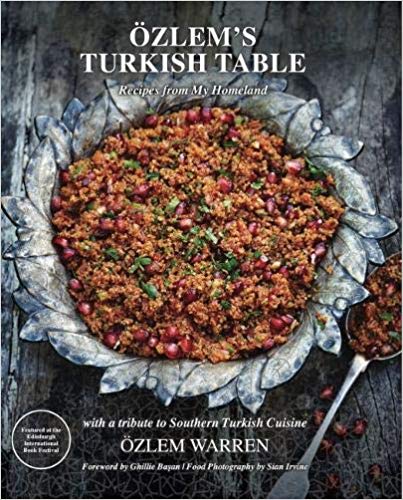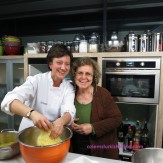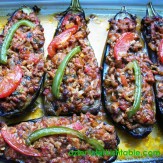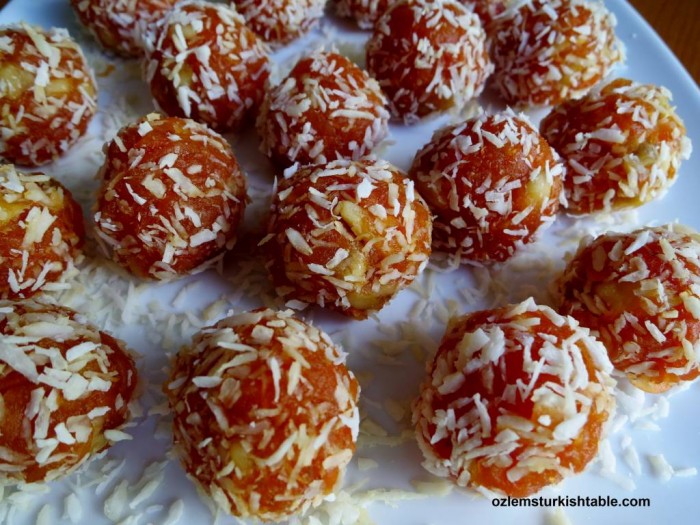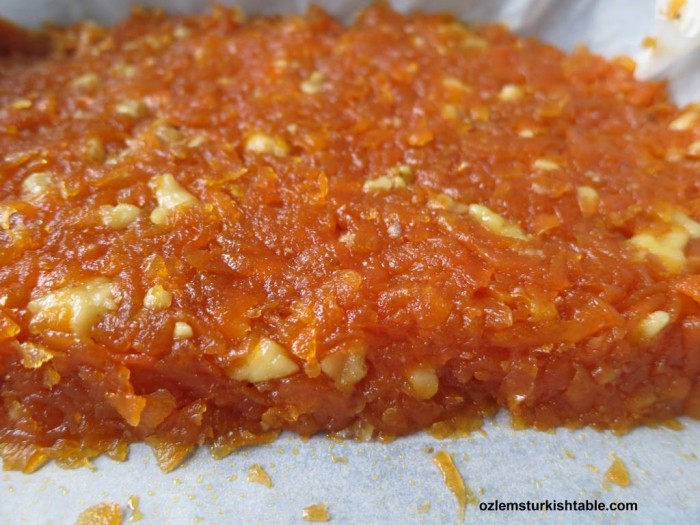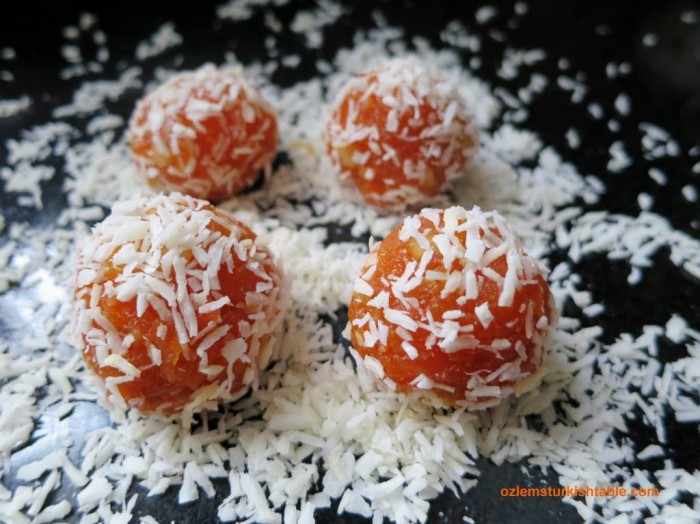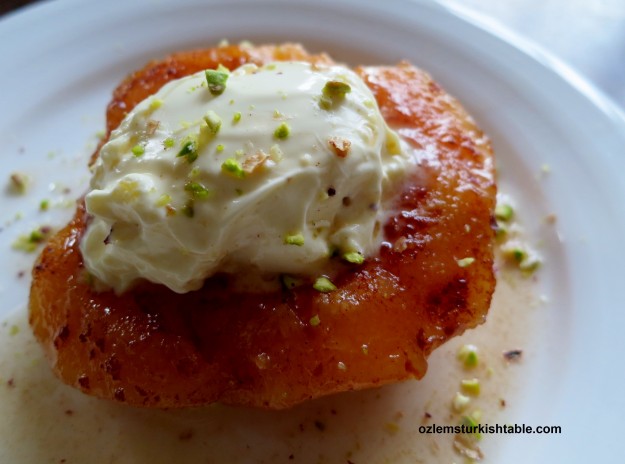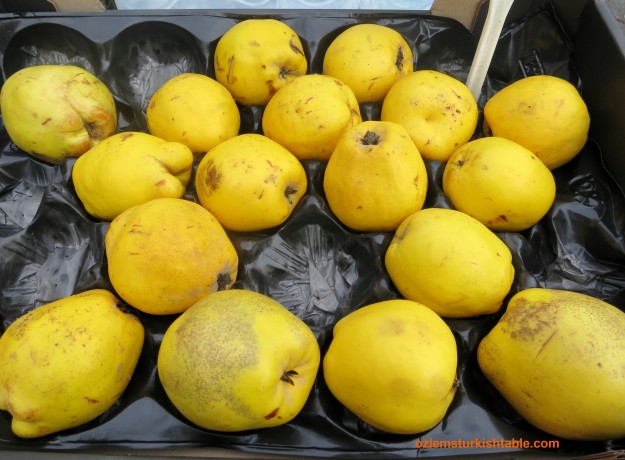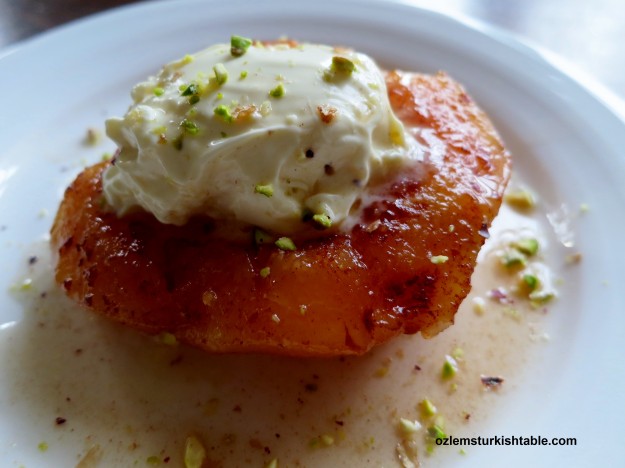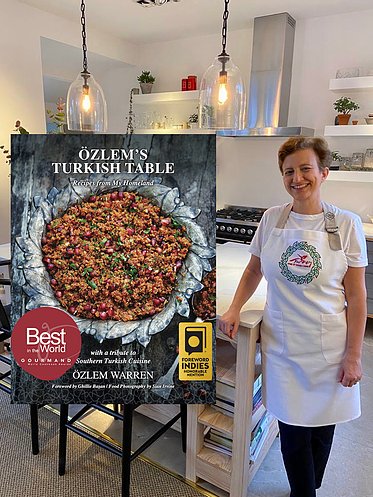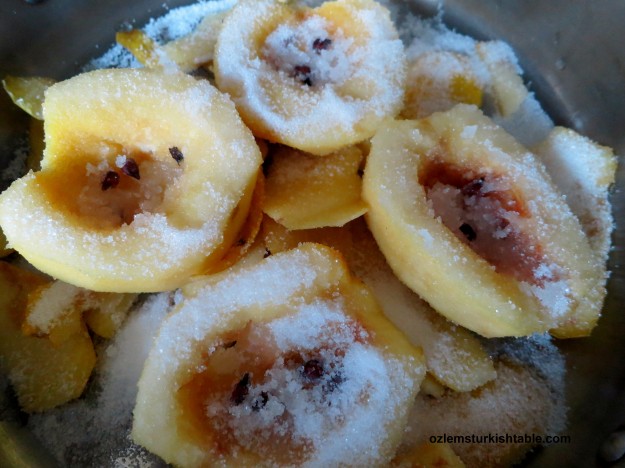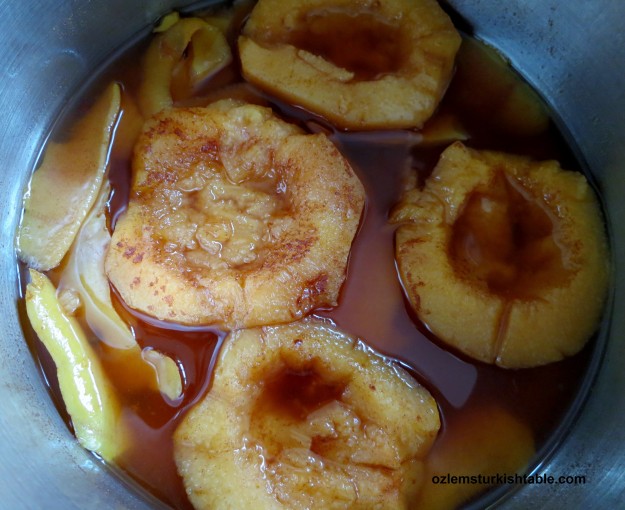
Stuffed winter greens or Swiss chard with ground meat, rice and herbs; Kis Sarmasi
Any sight of large leaves gets me excited with the prospect of stuffing them. I grew up with my mother’s delicious stuffed vine leaves, yaprak sarma and stuffed cabbage leaves, lahana sarmasi ,one of our favorite meals. As a family affair, my father would prepare the leaves and mother and whoever around the table would o the stuffing. And of course, everyone would be very keen to do a “quality check” after cooking, just to make sure they’re cooked 🙂 Happy days.
Turkish people are very fond of stuffed vegetables or dolmas as we call in Turkish. Stuffed tomatoes, peppers, zucchini and eggplants are the year round favorites. Cabbage leaves are stuffed in winter and vine leaves and zucchini flowers herald a fresh option in spring time. The success of any great dolma, which literally means “stuffed”, relies heavily on getting the stuffing right. With a dollop of yoghurt or a slice of lemon aside, they are utterly delicious. For a vegetarian option, try this stuffed vine leaves with aromatic rice and herb filling; Zeytinyagli sarma; they are simply irresistible, with a wedge of lemon aside.
I am passionate about my homeland’s wholesome Turkish cuisine; many authentic Turkish recipes, regional specialties, including Stuffed Cabbage rolls with bulgur, ground/minced meat and spices, are included at my cookery book, Ozlem’s Turkish Table, Recipes from My Homeland. If you would like to get a signed copy, you can order at this link.
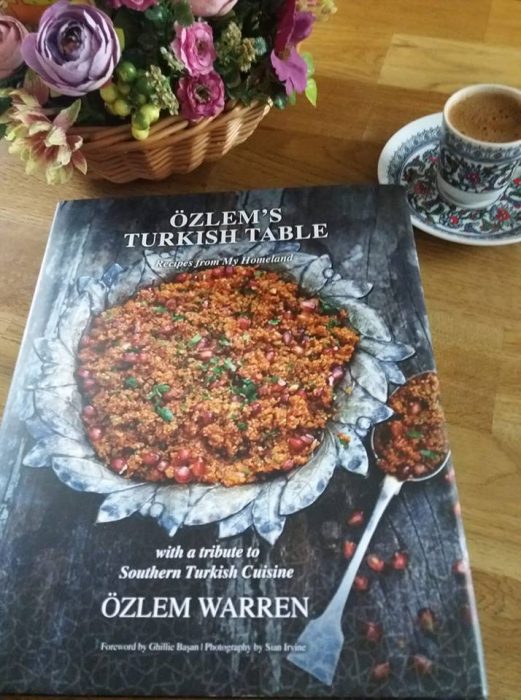
Signed copies of Ozlem’s Turkish Table book, available to order at this link

Stuffed winter greens or Swiss chard with ground meat and rice in hot pepper sauce
I got some wonderful leafy winter greens, (similar to Swiss chard, though with a slimmer stem) from my local market. Like cabbage leaves, they need to soften up first so that they can be stuffed. With a southern Turkish addition of Turkish hot pepper paste sauce, biber salcasi (or a tomato based sauce) and garlic yoghurt aside, they were so delicious. You can use cabbage leaves or Swiss card here too. Please don’t worry about making the perfect roll; as long as they’re not over filled, they stay intact and taste delicious. I hope you enjoy these delicious rolls, or sarmas, as much as we did.
Stuffed winter greens or Swiss chard with ground meat and rice – Kis Sarmasi
- 2 bunches (about 400 gr) Winter greens with large leaves or Swiss Chard
- For the filling:
- 225gr/8oz/1 cup ground beef or ground lamb (ground turkey works well too)
- 2 small or 1 large onion, grated
- 110gr/4oz/1/2 cup long grain rice (or whole grain basmati rice for gluten-free option)
- 45ml/3 tbsp. flat leaf (Italian) parsley, finely chopped
- 15ml/1 tbsp. olive oil
- Salt and freshly ground black pepper to taste
- Juice of 1 lemon, 200 ml/ 1 cup (or little more) water and 15ml/1 tbsp. olive oil for cooking
- Tomato/red pepper paste sauce:
- 15 ml/ 1 tbsp. Turkish hot pepper paste or tomato paste (for milder taste)
- 30ml/2 tbsp. olive oil
- 60ml/ 4 tbsp. water
- Turkish red pepper flakes or chili flakes to sprinkle (optional)
- Garlic yoghurt sauce:
- 1-2 cloves of garlic, crushed in sea salt and finely chopped
- 8 fl oz./1 cup natural plain yoghurt
- Salt to taste
- ½ tsp. dried mint (optional)
- Large leafy greens like Swiss chard is ideal for stuffing, making sarma.
- Bring a pan of water to boil. Cut the stalks of your winter greens (if you’re using Swiss chard, you may need to cut the stem and separate from the leaves).
- Refresh the wilted leaves in a bowl of cold water
- Place the fresh, trimmed leaves in to the boiling water until they wilt, for about 25-30 seconds. Drain and refresh the leaves in a bowl of cold water, this will help retain their color. Then drain the leaves and spread on a tray, ready for stuffing.
- Place the filling ingredients in a bowl and knead well.
- Grate the onion and put with the remaining filling ingredients in a bowl. Season with salt and ground black pepper and bind them all with 1 tbsp. olive oil and knead well.
- Lay one of the leaves on a flat surface and place 1 tbsp. (depending on the size of the leaf, adjust a little less or more but avoid over filling) of the stuffing at near end of the leaf (towards you). Bring the top end of the leaf over the stuffing.
- Now fold in the sides and then roll into a tight log. Repeat with the remaining filling and leaves.
- Arrange the stuffed leaves, seam side down, in a wide, deep pan. Pack them quite tightly in circles, this will keep them intact. You may need to make more than one layer, depending on the size of the pan.
- Mix 200ml water with the juice of lemon and 1 tbsp. olive oil and pour over the stuffed leaves. This liquid should cover at least half way up the top layer; add some more water if you need to. Season with salt and place a wide flat plate over the rolls (so that they stay intact).
- Cover the pan and turn the heat to medium. Once it starts to bubble, cook over low heat for about 40 minutes, or until the filling is cooked and the rolls are tender.
- While the rolls (sarma,as we call in Turkish) are cooking, prepare the garlic yoghurt. Simply combine the chopped garlic with yoghurt and mix well. You can season with sea salt and ½ tsp. dried mint, if you like.
- For the hot pepper paste (or tomato paste) sauce; stir in 1 tbsp. Turkish hot pepper paste, biber salcasi or tomato paste and 2 tbsp. olive oil in a small pan, over low heat. Stir and pour 4-5 tbsp. water, gently simmer for a minute. Season with salt and ground black pepper if you like; the sauce is ready.
- Drizzle the hot pepper paste sauce over the cooked rolls and sprinkle a little Turkish red pepper flakes (if you like) and serve hot, with garlic yoghurt aside.
3.2.1284
Serves 4 -6
Preparation time: 40-45 minutes Cooking time: 45 minutes
2 bunches (about 400 gr) Winter greens with large leaves or Swiss Chard
For the filling:
225gr/8oz/1 cup ground beef or ground lamb (ground turkey works well too)
2 small or 1 large onion, grated
110gr/4oz/1/2 cup long grain rice (or whole grain basmati rice for gluten-free option)
45ml/3 tbsp. flat leaf (Italian) parsley, finely chopped
15ml/1 tbsp. olive oil
Salt and freshly ground black pepper to taste
Juice of 1 lemon, 200 ml/ 1 cup (or little more) water and 15ml/1 tbsp. olive oil for cooking
Tomato/red pepper paste sauce:
15 ml/ 1 tbsp. Turkish hot pepper paste or tomato paste (for milder taste)
30ml/2 tbsp. olive oil
60ml/ 4 tbsp. water
Turkish red pepper flakes or chili flakes to sprinkle (optional)
Garlic yoghurt sauce:
1-2 cloves of garlic, crushed in sea salt and finely chopped
8 fl oz./1 cup natural plain yoghurt
Salt to taste
½ tsp. dried mint (optional)

Large leafy greens like Swiss chard is ideal for stuffing, making sarma.
Bring a pan of water to boil. Cut the stalks of your winter greens (if you’re using Swiss chard, you may need to cut the stem and separate from the leaves).

Refresh the wilted leaves in a bowl of cold water
Place the fresh, trimmed leaves in to the boiling water until they wilt, for about 25-30 seconds. Drain and refresh the leaves in a bowl of cold water, this will help retain their color. Then drain the leaves and spread on a tray, ready for stuffing.

Place the filling ingredients in a bowl and knead well.
Grate the onion and put with the remaining filling ingredients in a bowl. Season with salt and ground black pepper and bind them all with 1 tbsp. olive oil and knead well.

Lay one of the leaves on a flat surface and place 1 tbsp. stuffing.
Lay one of the leaves on a flat surface and place 1 tbsp. (depending on the size of the leaf, adjust a little less or more but avoid over filling) of the stuffing at near end of the leaf (towards you). Bring the top end of the leaf over the stuffing.

fold in the sides of the leaf
Now fold in the sides and then roll into a tight log. Repeat with the remaining filling and leaves.

Then roll into a tight log.
Arrange the stuffed leaves, seam side down, in a wide, deep pan. Pack them quite tightly in circles, this will keep them intact. You may need to make more than one layer, depending on the size of the pan.

Place the stuffed leaves seam side down in a wide, deep pan.
Mix 200ml water with the juice of lemon and 1 tbsp. olive oil and pour over the stuffed leaves. This liquid should cover at least half way up the top layer; add some more water if you need to. Season with salt and place the pan over a medium heat. Once it starts to bubble, place a wide flat plate over the rolls (so that they stay intact). Cover and cook over low heat for about 40 minutes, or until the filling is cooked and the rolls are tender.

Place a wide flat plate over the rolls (so that they stay intact).
While the rolls (sarma, as we call in Turkish) are cooking, prepare the garlic yoghurt. Simply combine the chopped garlic with yoghurt and mix well. You can season with sea salt and ½ tsp. dried mint, if you like.
For the hot pepper paste (or tomato paste) sauce; stir in 1 tbsp. Turkish hot pepper paste, biber salcasi or tomato paste and 2 tbsp. olive oil in a small pan, over low heat. Stir and pour 4 tbsp. water, gently simmer for a minute. Season with salt and ground black pepper if you like; the sauce is ready.
Drizzle the hot pepper paste sauce over the cooked rolls and sprinkle a little Turkish red pepper flakes (if you like) and serve hot, with garlic yoghurt aside.

Stuffed winter leaves with ground meat and aromatic rice; Kis Sarmasi
Afiyet Olsun,
Ozlem
Note: The stems or any broken leaves and a bit of left over filling can turn into a delicious meal. Simply chop the leaves and stems and sauté with some olive oil and garlic, adding the filling if any left over. You can add a few tomatoes in it or crack an egg; it would make a delicious bite.
